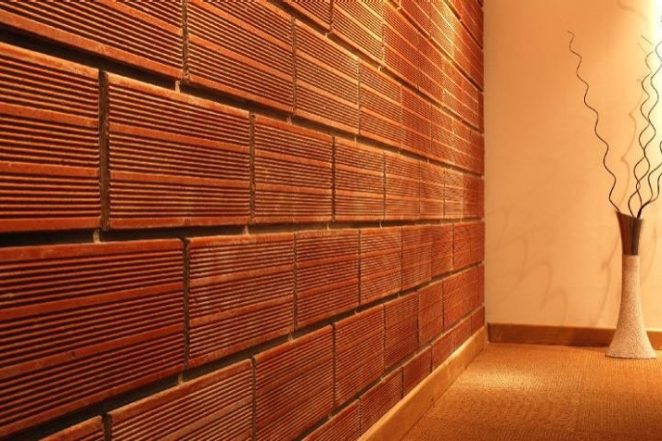When it comes to insulating heat, the choice of materials plays a crucial role in determining the effectiveness and efficiency of thermal protection. In this article, we delve into the world of heat insulation and explore various materials to uncover the ultimate heat insulator. From traditional options to cutting-edge advancements, we will examine the pros and cons of each, providing you with valuable insights to make informed decisions. So, which is the better insulator of heat? Let's find out.
- Aerogels: The Lightweight Marvels
Aerogels, also known as frozen smoke, are exceptional insulators that have gained significant attention in recent years. Composed of a gel-like substance with the liquid component replaced by gas, aerogels possess remarkable thermal insulation properties. With their ultra-low density and high porosity, these materials effectively trap heat, making them ideal for applications where weight and space are critical factors. - Vacuum Insulation Panels: The Power of Empty Space
Vacuum insulation panels (VIPs) take advantage of the principle that heat requires a medium to transfer. By creating a vacuum within a panel, VIPs eliminate the medium and significantly reduce heat transfer. These panels consist of a core material enclosed in an airtight barrier, providing excellent thermal resistance. VIPs are widely used in refrigeration, construction, and transportation industries, offering superior insulation performance. - Phase Change Materials: Harnessing Thermal Energy Storage
Phase change materials (PCMs) are substances that can absorb and release large amounts of thermal energy during phase transitions. By utilizing the latent heat of fusion or solidification, PCMs effectively regulate temperature fluctuations. These materials are particularly useful in applications where maintaining a stable temperature is crucial, such as in green buildings, electronics, and textiles. - Nanomaterials: Revolutionizing Heat Insulation
Nanotechnology has paved the way for innovative heat insulation solutions. Nanomaterials, such as graphene and carbon nanotubes, exhibit exceptional thermal properties due to their unique structures and high surface area-to-volume ratios. These materials possess outstanding heat conductivity, making them ideal candidates for advanced insulation systems. However, their production costs and scalability remain challenges to widespread adoption. - Natural Fibers: Sustainable and Effective
In the quest for eco-friendly insulation options, natural fibers have emerged as viable alternatives. Materials like hemp, wool, and cotton offer excellent thermal insulation properties while being renewable and biodegradable. These fibers trap air within their structures, creating insulating pockets that impede heat transfer. Natural fiber insulation is gaining popularity in the construction industry as a sustainable choice for thermal protection.
Conclusion:
Choosing the best heat insulator depends on various factors, including the specific application, budget, and environmental considerations. Aerogels, vacuum insulation panels, phase change materials, nanomaterials, and natural fibers each offer unique advantages and limitations. By understanding the properties and applications of these materials, you can make informed decisions to achieve optimal thermal insulation. Whether you prioritize lightweight design, energy efficiency, or sustainability, the world of heat insulation offers a range of options to suit your needs.

